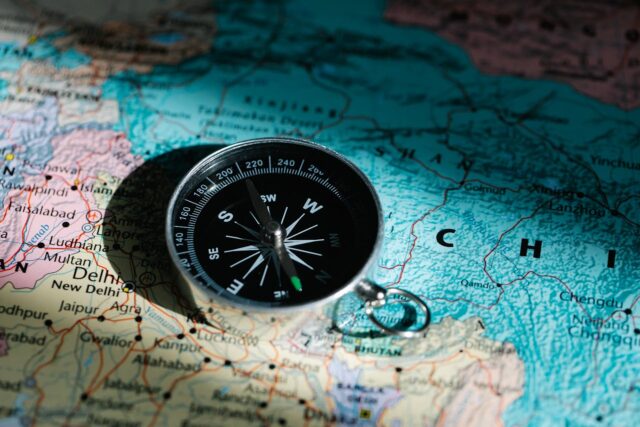China, Russia, and Iran are finding common ground more and more in an era of altering geopolitical dynamics, motivated by a shared ambition to subvert Western supremacy. The convergence of economic interests and strategic imperatives has propelled these nations towards a burgeoning alliance, presenting both opportunities and challenges on the global stage.
A Common Foe Unites
The imposition of sanctions by the United States has served as a catalyst for closer ties between China, Russia, and Iran. As each country faces mounting pressure from Western powers, they have turned to one another for mutual support and solidarity. Vladimir Putin and Ebrahim Raisi, leaders of Russia and Iran respectively, have found common cause in their defiance against American sanctions, fostering a sense of camaraderie and cooperation.
Economic Integration as the Bedrock
Central to the burgeoning alliance is the deepening economic integration between the three nations. China’s promise of a “no limits” partnership with Russia and the signing of a strategic agreement with Iran has laid the foundation for a robust economic alliance. Bilateral trade is on the rise, with plans for tariff-free blocs and alternative payment systems aimed at bypassing Western-controlled channels. This economic synergy not only bolsters the resilience of each individual economy but also serves as a strategic countermeasure against Western sanctions.
The Energy Equation
The energy sector plays a pivotal role in the tripartite alliance, with Russia and Iran emerging as key suppliers to energy-hungry China. Western sanctions have redirected oil flows toward China, leading to a surge in imports from Russia and Iran. China’s advantageous position, coupled with its growing refining capacity, enables it to secure energy resources at discounted rates, further strengthening its economic leverage within the alliance.
Overcoming Obstacles
Despite the promise of closer ties, the alliance faces numerous challenges, including geopolitical tensions and economic disparities among its members. Iran and Russia, in particular, struggle to diversify their economies and attract significant investment, hampered by sanctions and bureaucratic hurdles. Moreover, competition within the alliance, especially in energy exports, poses a risk to its cohesion and long-term sustainability.
Future Prospects
Looking ahead, the trajectory of the anti-Western alliance remains uncertain. While it serves as a bulwark against Western hegemony in the short term, the alliance’s longevity hinges on its ability to navigate internal divisions and external pressures. China’s pragmatic approach, driven by its economic interests, may temper the alliance’s ambitions for broader strategic cooperation. However, escalating tensions with the West could compel China to deepen its commitment to the alliance, reshaping the global geopolitical landscape in the process.
The convergence of interests between China, Russia, and Iran has ushered in a new era of geopolitical realignment, challenging the traditional dominance of Western powers. As the alliance continues to evolve, its impact on global politics and economics will be closely watched. Whether it emerges as a formidable alternative to Western hegemony or remains a pragmatic arrangement driven by economic interests remains to be seen. Yet, one thing is certain: the rise of the anti-Western alliance signals a shifting balance of power in the international arena.
To read more from the Editorial section: Click Here.















